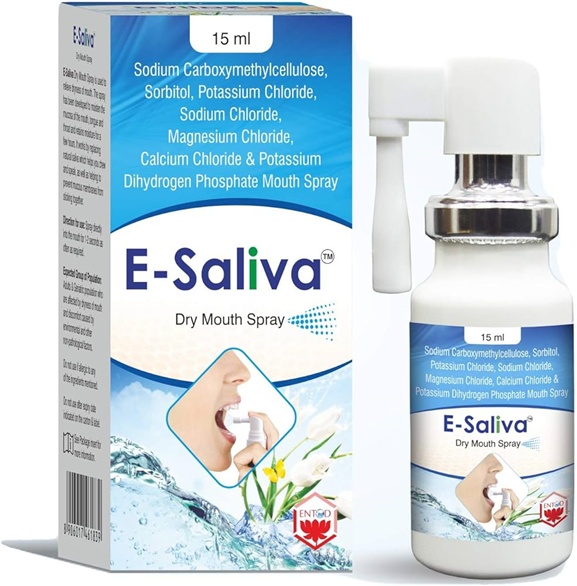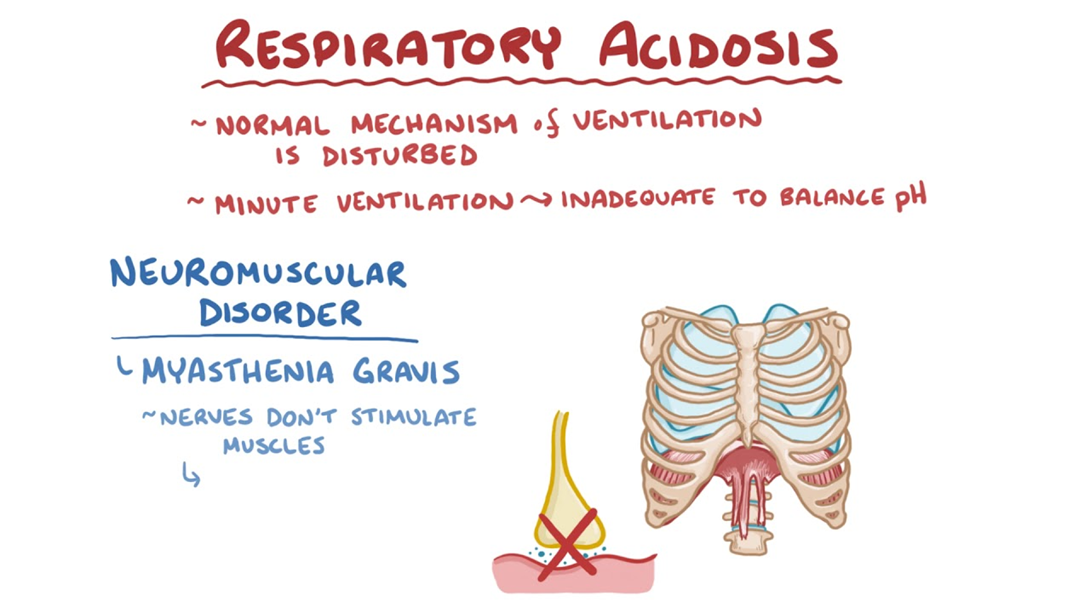A nurse is planning care for a client who is receiving radiation therapy to treat throat cancer and reports a change in the taste of food. Which of the following interventions should the nurse include in the plan of care?
Offer artificial saliva frequently.
Provide three large meals daily.
Add honey to sweeten fruit smoothies.
Heat food before serving.
The Correct Answer is A
Choice A: This is correct because offering artificial saliva frequently can help moisten the mouth and improve the taste of food. Radiation therapy can cause dry mouth and altered taste sensation.

Choice B: This is incorrect because providing three large meals daily can be overwhelming and unappetizing for the client. The nurse should provide small, frequent meals that are high in protein and calories.
Choice C: This is incorrect because adding honey to sweeten fruit smoothies can irritate the throat and increase the risk of infection. The nurse should avoid foods that are acidic, spicy, or sticky.
Choice D: This is incorrect because heating food before serving can enhance the unpleasant taste and smell of food. The nurse should serve food cold or at room temperature.
Nursing Test Bank
Naxlex Comprehensive Predictor Exams
Related Questions
Correct Answer is B
Explanation
Choice a is not correct because consuming canned sardines twice a week is not a risk factor for osteoporosis, but rather a protective factor. Canned sardines are rich in calcium and vitamin D, which are essential for bone health.

Choice c is not correct because applying an estrogen vaginal cream daily is not a risk factor for osteoporosis, but rather a treatment option. Estrogen therapy can help prevent bone loss and reduce the risk of fractures in postmenopausal women.
Choice d is not correct because walking 30 minutes per day is not a risk factor for osteoporosis, but rather a beneficial exercise. Weight-bearing physical activity can stimulate bone formation and improve bone strength.
Correct Answer is D
Explanation
Choice A reason: PaO2 85 mmHg is within the normal range of 80 to 100 mmHg and does not indicate any hypoxemia or oxygen deficiency.
Choice B reason: pH 7.47 is within the normal range of 7.35 to 7.45 and does not indicate any acid-base imbalance.
Choice C reason: HCO3 25 mEq/L is within the normal range of 22 to 26 mEq/L and does not indicate any metabolic disturbance.
Choice D reason: PaCO2 55 mmHg is above the normal range of 35 to 45 mmHg and indicates respiratory acidosis, which is a condition where the lungs cannot eliminate enough carbon dioxide and the blood becomes too acidic. This can be caused by pneumonia, which can impair gas exchange and ventilation.

Whether you are a student looking to ace your exams or a practicing nurse seeking to enhance your expertise , our nursing education contents will empower you with the confidence and competence to make a difference in the lives of patients and become a respected leader in the healthcare field.
Visit Naxlex, invest in your future and unlock endless possibilities with our unparalleled nursing education contents today
Report Wrong Answer on the Current Question
Do you disagree with the answer? If yes, what is your expected answer? Explain.
Kindly be descriptive with the issue you are facing.
